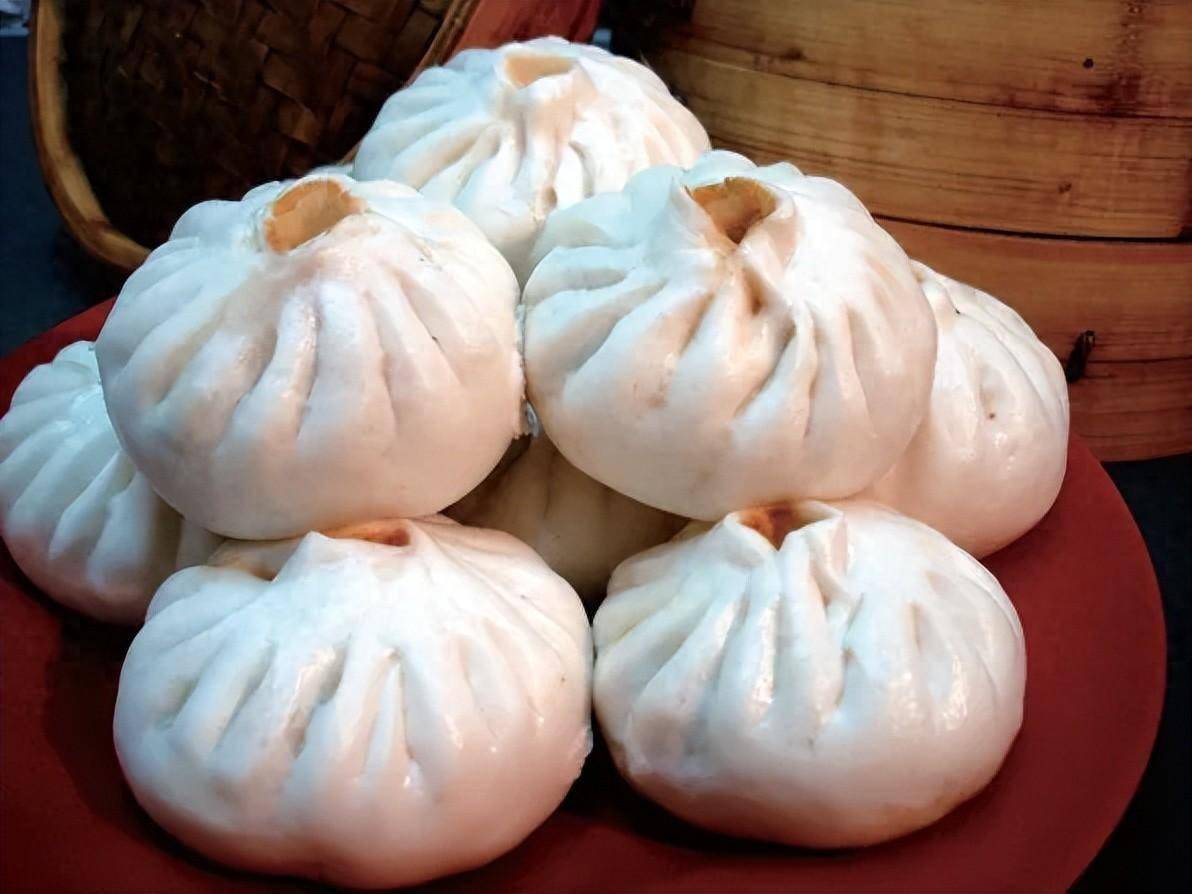Release time:2025-08-25 10:51:04 Publisher:jiuyuanbaozi

Jiuyuan started in 1931 on Yushi Street near Jiaochangkou in Chongqing. By 1933, it was already listed in the city directory as a famous local restaurant. It kept its popularity through the years.
In 2014, Jiuyuan’s包子 (steamed bun) making skill was named a Chongqing Intangible Cultural Heritage. A year later, it was recognized as a “Chongqing Time-Honored Brand”. It’s rare for a brand to stay loved by people for over 90 years—but Jiuyuan did it.

How It All Began
The founder, Su Zejiu, was from Neijiang, Sichuan. He was once an army officer but later started a food business. After some failures, he moved to Chongqing.
With help from a friend, he opened a restaurant called “Pude” on Xisan Street. However, the area was full of strong competitors, and his restaurant didn’t do well. He had to close it.
He did not give up; he started again in 1931 with financial support from an old friend. He rented a building on Yushi Street and named the new place “Jiuyuan”. The name carried his own name (“Jiu”) and symbolized long-term success.
The Rise of Jiuyuan Buns
Instead of regular dishes, Jiuyuan focused on snacks. Su hired a talented chef from Neijiang, Zheng Junlin. Together, they created a variety of noodles that people loved.

Later, they developed two types of buns:
Savory: filled with seasoned meat
Sweet: filled with rose petals and lard-based paste
The buns were made with fine flour, malt sugar, and milk. They were soft, fluffy, and beautifully shaped. They were sold in pairs—one sweet and one savory—called “一客” (one serving).
Jiuyuan made only 500 servings each day. They opened at 10 AM and sold out quickly. This “limited supply” strategy made the buns even more popular. Everyone wanted to try them—even wealthy families and officials.
Copycats and Legacy
Many tried to copy Jiuyuan. Some opened “Bayuan” or “Shiyuan” stores to trick customers. But no one could match the taste and quality of Jiuyuan buns.
There’s a famous story:
A young boy from a wealthy family loved Jiuyuan buns. One day, his servant bought buns from a copycat store. The boy took one bite and threw it away. After that, the servant made sure to purchase only from Jiuyuan.
Later, Su Zejiu became a monk and sold the business. Jiuyuan changed owners several times and moved to different locations. It closed briefly after the war but reopened in 1950.
Jiuyuan Today
By the 1980s, there were two Jiuyuan locations: one on Minzu Road and one on Shangqingsi.
Besides buns, Jiuyuan also served noodles and cold dishes. One famous noodle dish, “Yifu Noodle”, was like an ancient version of instant noodles—crispy outside and soft inside.

Although Jiuyuan disappeared for some time, it returned in 2011 in Shangqingsi. People lined up for hours to buy their buns.
An older man who loved Jiuyuan buns as a child returned from abroad and tried them again. He was deeply moved and even said:
“Compared to Jiuyuan, even the most famous bun brands in China fall short.”
There’s also a funny story about the buns being so hot and juicy that the filling sometimes dripped and burned people’s hands or backs—but that just added to their charm.
Nowadays, fewer people eat sweet buns due to health concerns. Only the savory one is widely available. Some say the taste isn’t the same, but maybe we have changed.
Jiuyuan remains a symbol of old Chongqing flavor and memory.
Previous article:How to Start a Bubble Tea Shop?
Next article:Reviews and Operations: Mao Pangzi Maocai & Hotpot – What's the Verdict?
回顶部